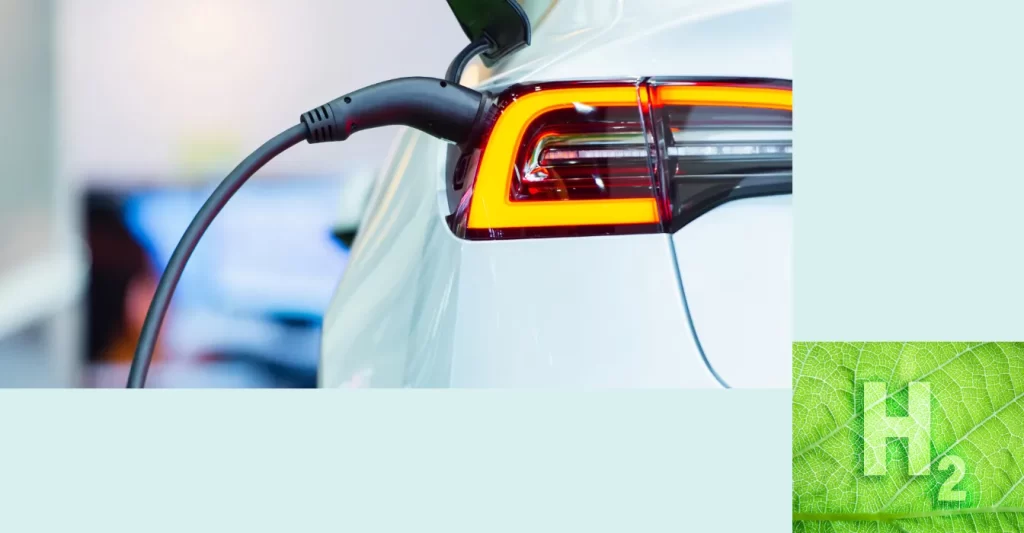UK’s Green Transit Revolution: Comparing Electric vs Hydrogen Bus Technologies
The United Kingdom stands at the forefront of a transformative era in public transportation, where the familiar rumble of diesel engines is gradually being replaced by the quiet hum of electric motors and the subtle whisper of hydrogen fuel cells. This shift represents not just a technological evolution, but a crucial step toward meeting the UK’s ambitious climate goals and creating cleaner, more sustainable cities.
Historical Context: The Journey from Horse-Drawn to Zero-Emission
The UK’s public transport history is a testament to continuous innovation. From the horse-drawn omnibuses of the 1800s to the introduction of motorised buses in the early 20th century, each transition has reflected the era’s technological capabilities and social needs. The first motorised London bus service began in 1899, marking the beginning of a new age in urban mobility. By the 1950s, diesel buses had become the backbone of public transport, a position they would hold for over half a century.

However, growing concerns about air quality, particularly in urban areas, combined with increasing awareness of climate change, have driven the search for cleaner alternatives. The UK government’s 2019 commitment to achieve net-zero emissions by 2050 has accelerated this transition, making the adoption of zero-emission buses a key priority.
The Current Landscape: A Tale of Two Technologies
Electric Buses: The Current Front-Runner
Electric buses have gained significant traction in the UK’s public transport sector. As of 2024, several major cities have made substantial investments in electric bus fleets:
- London leads the charge with over 850 electric buses in operation
- Manchester has committed to introducing 170 new electric buses by 2024
- Oxford aims to become Britain’s first all-electric bus city
- Glasgow has integrated over 150 electric buses into its fleet
The advantages of electric buses are compelling:
- Zero Direct Emissions: Electric buses produce no tailpipe emissions, significantly improving urban air quality
- Lower Operating Costs: While initial purchase prices are higher, electric buses typically cost 80% less to operate than diesel alternatives
- Reduced Noise Pollution: Electric buses operate almost silently, enhancing the urban environment
- Proven Technology: With mature battery technology and established charging infrastructure
However, challenges remain:
- Limited range (typically 150-200 miles per charge)
- Extended charging times
- Battery performance variations in extreme weather
- Grid capacity concerns for large-scale deployment
Hydrogen Buses: The Promising Alternative
Hydrogen fuel cell buses represent another exciting pathway to zero-emission public transport. The UK has been pioneering hydrogen bus technology through several notable projects:
- Aberdeen introduced the world’s first hydrogen-powered double-decker buses in 2020
- Birmingham operates 20 hydrogen buses on key city routes
- Liverpool plans to introduce 40 hydrogen buses by 2025
Hydrogen technology offers distinct advantages:
- Longer Range: Typically 300+ miles on a single refueling
- Quick Refueling: Similar to conventional diesel buses (8-10 minutes)
- Consistent Performance: Less affected by weather conditions
- Flexible Infrastructure: Potential for centralised fueling stations
Challenges facing hydrogen adoption include:
- Higher infrastructure costs
- Limited hydrogen production and distribution network
- Currently higher operational costs compared to electric
- Energy efficiency concerns in hydrogen production
Comparing the Technologies: A Detailed Analysis
Infrastructure Requirements
Electric Buses:
- Need for widespread charging points
- Potential grid upgrades
- Depot modifications for overnight charging
- Smart charging systems implementation
Hydrogen Buses:
- Hydrogen production facilities
- Storage and distribution infrastructure
- Specialized fueling stations
- Safety systems and protocols
Economic Considerations
The financial aspect of both technologies varies significantly:
Electric Buses:
- Initial Vehicle Cost: £350,000-450,000
- Infrastructure Cost: £50,000-100,000 per charging point
- Operating Cost: 15-20 pence per mile
Hydrogen Buses:
- Initial Vehicle Cost: £500,000-650,000
- Infrastructure Cost: £1-2 million per fueling station
- Operating Cost: 25-30 pence per mile
Environmental Impact
Both technologies offer significant environmental benefits, but their overall impact depends on various factors:
Electric Buses:
- Carbon footprint depends on electricity source
- Battery production environmental concerns
- End-of-life battery recycling considerations
Hydrogen Buses:
- Carbon footprint varies with hydrogen production method
- Potential for green hydrogen production
- More efficient hydrogen production methods under development
Future Outlook: A Complementary Approach
The future of UK’s green transit likely lies in a mixed approach, with both technologies playing crucial roles based on specific use cases:
Electric Buses Best Suited For:
- Urban routes with frequent stops
- Predictable daily mileage
- Areas with established electrical infrastructure
- Routes with depot-based overnight charging potential
Hydrogen Buses Best Suited For:
- Long-distance routes
- High-intensity operations
- Areas with limited grid capacity
- Routes requiring quick refueling
Government Support and Initiatives
The UK government has demonstrated strong commitment to zero-emission buses through various initiatives:
- £120 million ZEBRA (Zero Emission Bus Regional Areas) scheme
- £525 million commitment to zero emission bus deployment
- Local transport authority funding matches
- Research and development support for both technologies
Conclusion: The Road Ahead
The UK’s transition to zero-emission buses represents a crucial component of its broader decarbonisation strategy. While both electric and hydrogen technologies present unique advantages and challenges, their complementary nature suggests a future where both will play vital roles in public transport.
The success of this green transit revolution will depend on continued technological advancement, infrastructure development, and sustained government support. As costs decrease and infrastructure expands, the UK is well-positioned to achieve its goal of a zero-emission public transport system.
The choice between electric and hydrogen buses shouldn’t be viewed as a competition but rather as an opportunity to leverage the strengths of each technology to create a more sustainable and efficient public transport network. As we move forward, the key will be to match the right technology with the right application, ensuring that the UK’s public transport system becomes both environmentally sustainable and economically viable.
This article reflects information available as of early 2024.